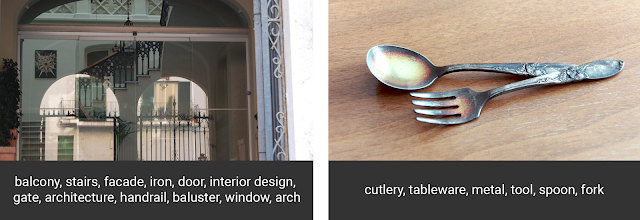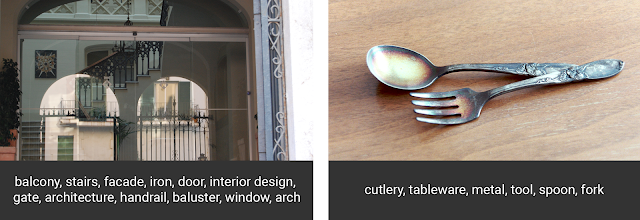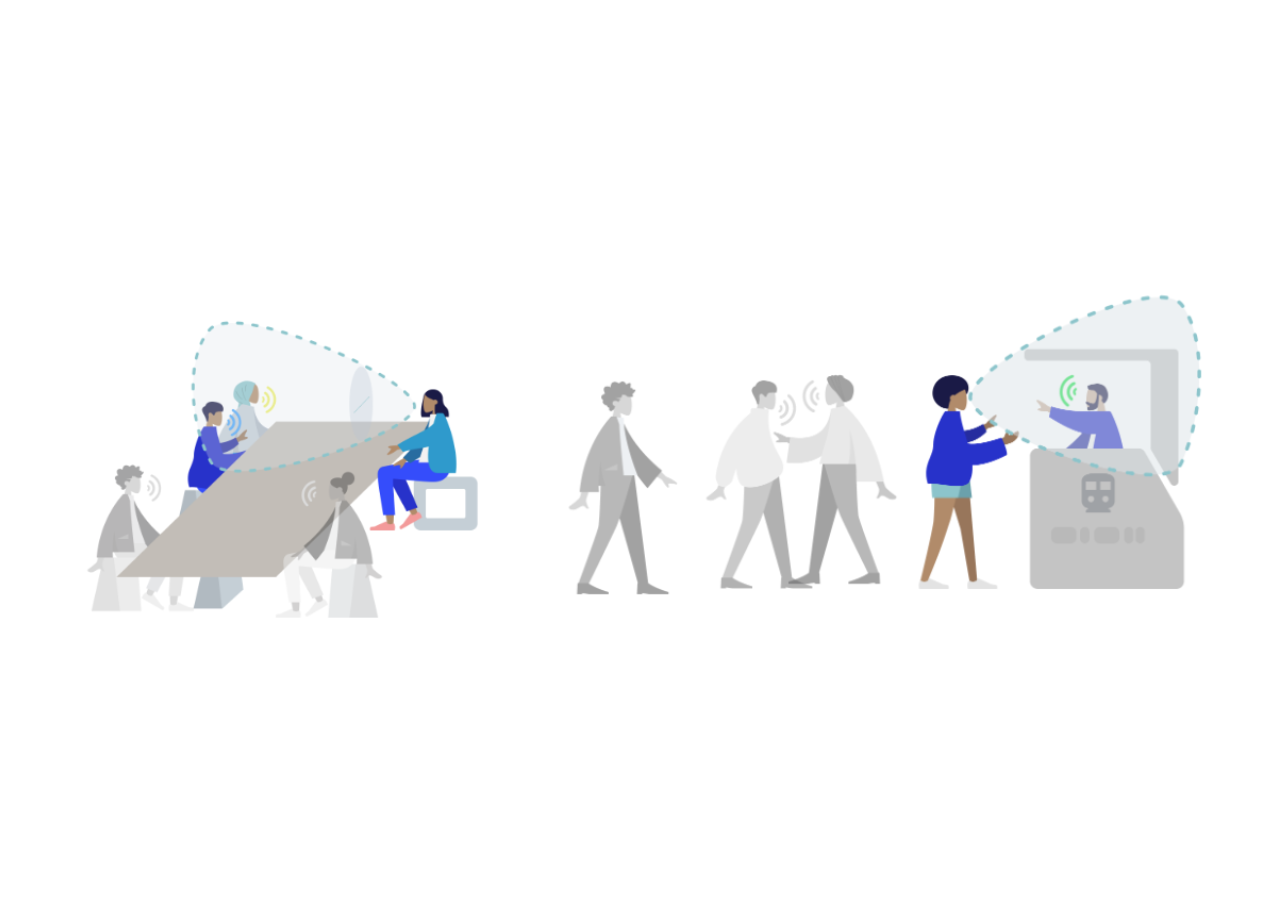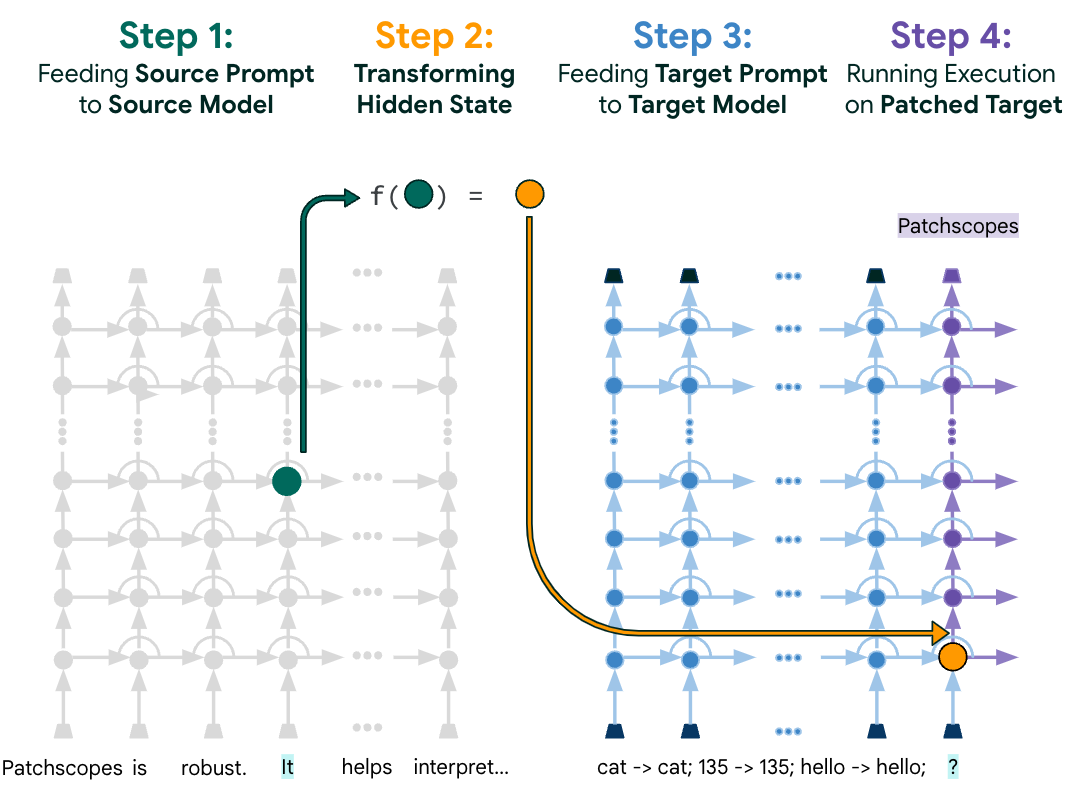
Introducing the Open Images Dataset
September 30, 2016
Posted by Ivan Krasin and Tom Duerig, Software Engineers
In the last few years, advances in machine learning have enabled Computer Vision to progress rapidly, allowing for systems that can automatically caption images to apps that can create natural language replies in response to shared photos. Much of this progress can be attributed to publicly available image datasets, such as ImageNet and COCO for supervised learning, and YFCC100M for unsupervised learning.
Today, we introduce Open Images, a dataset consisting of ~9 million URLs to images that have been annotated with labels spanning over 6000 categories. We tried to make the dataset as practical as possible: the labels cover more real-life entities than the 1000 ImageNet classes, there are enough images to train a deep neural network from scratch and the images are listed as having a Creative Commons Attribution license*.
The image-level annotations have been populated automatically with a vision model similar to Google Cloud Vision API. For the validation set, we had human raters verify these automated labels to find and remove false positives. On average, each image has about 8 labels assigned. Here are some examples:
 |
| Annotated images form the Open Images dataset. Left: Ghost Arches by Kevin Krejci. Right: Some Silverware by J B. Both images used under CC BY 2.0 license |
The dataset is a product of a collaboration between Google, CMU and Cornell universities, and there are a number of research papers built on top of the Open Images dataset in the works. It is our hope that datasets like Open Images and the recently released YouTube-8M will be useful tools for the machine learning community.
* While we tried to identify images that are licensed under a Creative Commons Attribution license, we make no representations or warranties regarding the license status of each image and you should verify the license for each image yourself.↩


